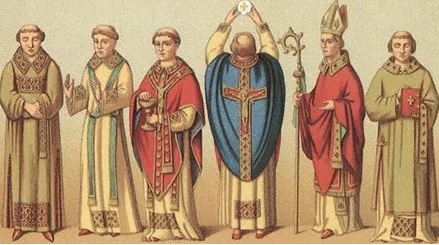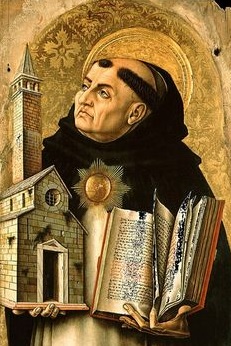The question of whether medieval priests earned money is a complex one, as it depends on the specific context in which they lived and worked. In general, priests in the medieval period were expected to live simple, modest lives and to rely on the Church for their financial support. However, there were also some priests who held positions of power and influence and who were able to acquire wealth and property.
In this article, we will explore the various ways in which medieval priests earned and used money, and how their financial situation was influenced by factors such as location, rank, and religious practices.
Financial Support from the Church
One of the main sources of financial support for medieval priests was the Church. Priests were expected to take vows of poverty, chastity, and obedience, and to rely on the Church for their livelihood. The Church provided priests with a place to live, food and clothing, and a stipend to cover their basic needs. This stipend, known as a “stipend of the altar,” was typically paid in the form of food, clothing, and other necessities, rather than cash.
The amount of the stipend varied depending on the rank and position of the priest, and could range from a few shillings per year for a lowly parish priest to hundreds of pounds for a bishop or archbishop. The stipend was also influenced by the size and wealth of the Church or monastery in which the priest served. For example, a priest serving in a wealthy cathedral or monastery usually receive a larger stipend than one serving in a small, poor parish.
Ecclesiastical Offices and Tithes
In addition to the stipend of the altar, some priests also earned money through the performance of certain ecclesiastical offices or by receiving tithes. Ecclesiastical offices were positions of responsibility within the Church, such as being a bishop, archdeacon, or dean, and came with certain privileges and responsibilities. These positions often carried a salary or stipend, which the holder could use to support themselves and their household.

Tithes were another source of income for priests. Tithes were a form of tax that required people to give a percentage of their income or produce to the Church. Priests were responsible for collecting the tithes and using them to support the Church and its works. In some cases, priests could also receive a portion of the tithes as a form of payment for their services.
Private Endowments and Gifts
Another way in which medieval priests could earn money was through private endowments or gifts. Private endowments were financial gifts or bequests made to the Church or to individual priests by wealthy individuals. These endowments could be used to support the Church or to provide an income for the recipient.
Some priests also received gifts from members of their congregations, such as food, clothing, or money, as a way of showing appreciation for their service.
Factors Influencing a Priest’s Financial Situation
The financial situation of a medieval priest was influenced by a variety of factors, including location, rank, and religious practices. Priests who served in wealthy urban areas or in prestigious positions were generally able to earn more money than those in rural areas or in humble positions.

The size and wealth of the Church or monastery in which the priest served was also a factor, as was the region in which the priest lived. Some regions were wealthier than others, and priests serving in these areas had access to more financial resources.
Conclusion
In conclusion, the question of whether medieval priests earned money is complex and multifaceted. While priests were expected to live simple, modest lives and to rely on the Church for their financial support, there were also some priests who held positions of power and influence and who were able to acquire wealth and property.
The main sources of financial support for medieval priests were the Church, ecclesiastical offices, and tithes, as well as private endowments and gifts. The financial situation of a priest was influenced by factors such as location, rank, and religious practices, and could vary widely depending on these factors.
Overall, the financial situation of medieval priests was shaped by the social, cultural, and economic context of the time.
